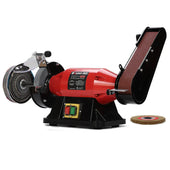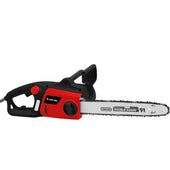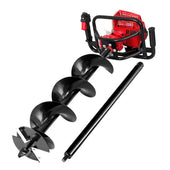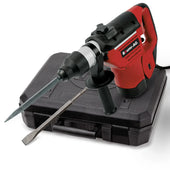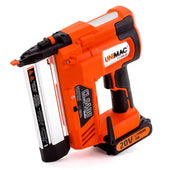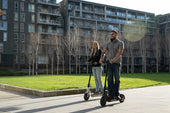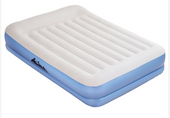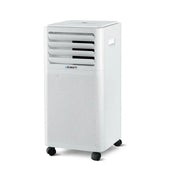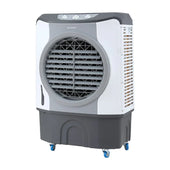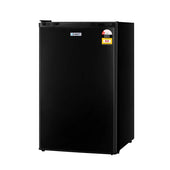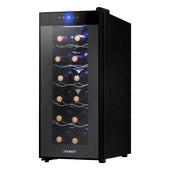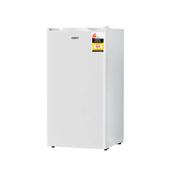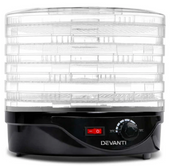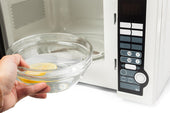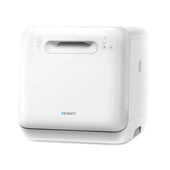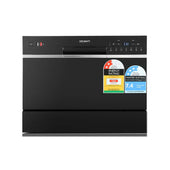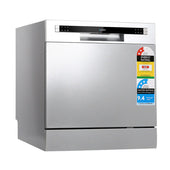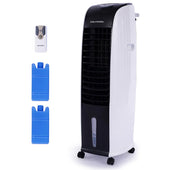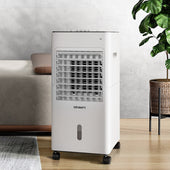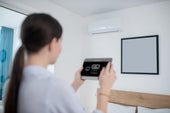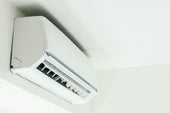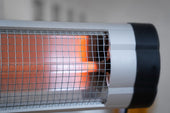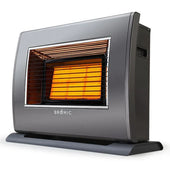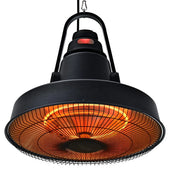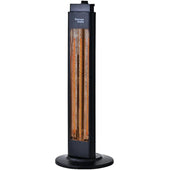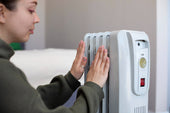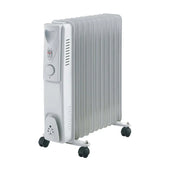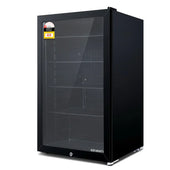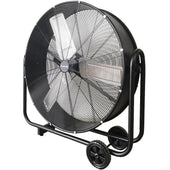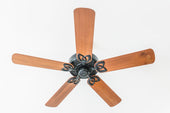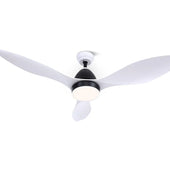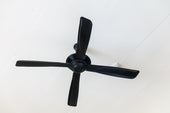Introduction: Understanding the Basics of Bidets
Bidets offer a hygienic alternative to traditional toilet paper by providing cleansing through water flow. These devices, originally popular in regions like Europe and Asia, have grown in demand globally due to their environmental benefits and enhanced comfort. There are two primary types of bidets: electric and non-electric, differing in features and operation.
Electric bidets typically require power sources and come with advanced functionalities, such as adjustable water pressure, temperature controls, and air drying. Non-electric bidets operate solely on water pressure, relying on manual controls for basic features. Understanding these distinctions is crucial for making an informed purchase decision.
What are Electric Bidets? Features and Functions
Electric bidets are advanced bathroom fixtures designed to enhance personal hygiene. Powered by electricity, they offer a plethora of features aimed at convenience and comfort During Days when modern technology increasingly shapes daily routines. Key functionalities include adjustable water temperature, spray pressure, and nozzle positioning, allowing users to personalise their cleaning experience. Many models feature warm air dryers, reducing reliance on toilet paper. Heated seats ensure added comfort, especially useful in colder climates. Some electric bidets incorporate deodorisers for odour control and nightlights for convenience during nighttime use. Modern designs often include remote controls or touch panels for easy operation. Certain premium models may feature self-cleaning nozzles and energy-saving modes.
What are Non-Electric Bidets? Simplicity and Design
Non-electric bidets are water-powered devices designed to enhance personal hygiene without relying on electricity. They often use the home’s existing water pressure to operate, offering a straightforward and eco-friendly solution. These bidets are considered essential bathroom furniture and come in various forms, including:
- Handheld sprayers: Allowing users manual control for targeted cleansing.
- Attachable bidet seats: Installed directly onto the toilet seat for ease of use.
- Standalone units: Separate fixtures for specialised cleaning needs.
Key features may include adjustable water pressure, basic temperature control through dual nozzles, and minimalistic designs. Non-electric models attract those seeking a cost-effective, low-maintenance option that aligns with environmental consciousness.
Cost Comparison: Electric vs Non-Electric Bidets
When comparing electric and non-electric bidets, costs vary based on functionality, installation requirements, and long-term expenses.
Electric bidets typically have a higher upfront price due to their advanced features like heated seats, adjustable water pressure, and built-in dryers. Additional costs may arise for installation as they often require electrical connections and may need professional setup.
Non-electric bidets, on the other hand, are more affordable, with simpler designs. They usually only require plumbing for installation, reducing initial expenses. However, they lack the advanced features of their electric counterparts.
Maintenance costs also differ. Electric bidets may incur higher repair costs, while non-electric models often require minimal upkeep.
Installation and Maintenance: Ease of Use Matters
The installation process for bidets varies significantly between electric and non-electric models. Electric bidets often require access to a nearby power outlet and may involve additional wiring or plumbing adjustments. In contrast, non-electric bidets typically feature simpler setups, often needing little more than basic tools to connect to the water supply.
Maintenance is another area where differences are notable. Electric bidets, with their added features such as heated seats and air dryers, require regular inspection to ensure electrical components remain functional. Non-electric options demand less upkeep, mainly focusing on cleaning and periodic checks for leaks or blockages.
Ease of use hinges on proper installation and consistent maintenance.
Comfort and Convenience: Which Option Offers More?
Electric bidets excel in comfort with their advanced features such as heated seats, adjustable water pressure, oscillating spray modes, and even warm air dryers. These features cater to individual preferences, ensuring a tailored and luxurious experience. Additionally, modern electric models often include remote controls or digital panels for effortless operation.
Non-electric bidets, while simpler, offer practical convenience through straightforward operation. They do not rely on electricity, making them functional in power outages and easier to install, often requiring only basic plumbing connections.
For homes prioritising simplicity or sustainability, non-electric options minimise dependency on energy while still meeting essential hygiene needs.
Eco-Friendly Factors: Environmental Impact of Each Type
Electric and non-electric bidets differ in their environmental effects, primarily tied to their energy and water consumption.
- Electric Bidets: These utilise electricity for functions like heated water, dryer systems, and seat warming. This results in higher energy use, especially for households dependent on non-renewable energy sources. However, their water-saving features may reduce toilet paper usage significantly, which helps lower deforestation impact.
- Non-Electric Bidets: These operate without power, relying purely on water pressure for functionality. While energy consumption is zero, their limited features may lead to higher toilet paper usage, albeit offering a lower carbon footprint overall.
Both contribute to waste reduction when compared to toilet paper but differ in long-term sustainability.
Customisation and Advanced Features in Electric Models
Electric bidets offer unparalleled customisation and advanced features to enhance the user's experience. These models typically include adjustable water pressure, temperature, and spray patterns, allowing individuals to tailor their cleansing experience to personal preferences. Some designs feature built-in air dryers for hands-free drying and heated seats for added comfort during colder seasons.
Additional functionalities may include oscillating or pulsing spray options and deodorising systems to maintain bathroom freshness. Many electric bidets come with user presets, enabling users to save their preferred settings. Remote controls or touchscreen panels often simplify navigation. Furthermore, night lights and energy-saving modes enrich usability.
Reliability and Lifespan: Which Type Stands the Test of Time?
The reliability and lifespan of bidets can vary significantly depending on whether they are electric or non-electric. Non-electric bidets are typically straightforward in design, relying on manual controls and durable materials. This simplicity can lead to fewer breakdowns and lower maintenance demands, allowing them to last for many years with minimal upkeep.
Electric bidets, in contrast, incorporate electronic components such as heated seats, water temperature controls, and remote systems. While these features enhance user convenience, the complexity can increase potential points of failure. Regular servicing may be required to keep them functioning optimally over time. Choosing the right type depends on one’s priorities for durability versus advanced functionality.
How to Choose the Right Bidet for Your Bathroom and Lifestyle
Selecting the ideal bidet involves considering factors such as bathroom setup, budget, and personal needs.
Factors to Consider:
- Bathroom Space: Assess the dimensions of your bathroom to choose between a standalone bidet or a toilet attachment. Compact spaces typically favour non-electric bidets.
- Features: Electric models often offer heated seats, adjustable pressure, air dryers, and self-cleaning options. Non-electric bidets focus on simplicity and essential functions like water spray.
- Water Temperature: If warm water is a priority, check if your bidet connects to a hot water supply or uses in-built heaters.
- Maintenance: Non-electric bidets usually require less upkeep due to fewer electronic components.
- Budget: Electric bidets tend to be pricier, while non-electric ones are more cost-effective upfront.
Key Considerations: Budget, Preferences, and Practicality
When deciding between electric and non-electric bidets, budget plays a crucial role. Electric bidets, equipped with advanced features like heated seats, water temperature control, and air drying, tend to be more expensive upfront and may increase energy costs over time. Non-electric bidets, which rely on manual mechanisms, are typically more affordable and energy-efficient.
Individual preferences are equally important. Those seeking customisable options and enhanced functionality might favour electric models. Non-electric bidets, on the other hand, provide simple and eco-friendly solutions that appeal to minimalists.
Practicality should be assessed based on available bathroom space, existing water supply, and ease of installation or maintenance. Each type offers distinct benefits suited to different lifestyles and needs.
Conclusion: Electric vs Non-Electric – Making the Final Decision
Choosing between electric and non-electric bidets ultimately depends on individual priorities and preferences. Electric bidets excel in offering advanced features such as heated seats, adjustable water pressure, and air drying, making them more suited for those valuing luxury and customisation. On the other hand, non-electric bidets are cost-effective, eco-friendly, and simpler to install, ideal for individuals prioritising practicality and budget.
Factors influencing the decision include:
- Budget: Electric models typically incur higher upfront costs and increased energy consumption.
- Features: Advanced functions like deodorising and remote control are exclusive to electric bidets.
- Installation: Non-electric options often have simpler installation requirements.
- Sustainability: Non-electric models reduce electricity consumption for an environmentally conscious choice.
By evaluating these factors, users can determine which option best aligns with their needs and lifestyle.



